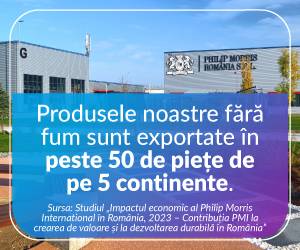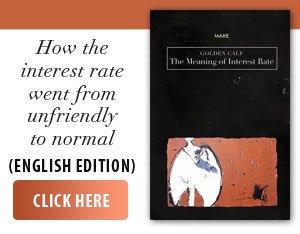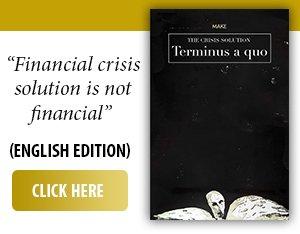In 2000, the US was the leading trading partner for most countries in the Americas (North, South and Central), several major economies in Asia-Pacific and parts of Africa, while the EU dominated trade with much of Europe, large areas of Africa and Asia, and significant portions of South America, according to voronoiapp.com, which presents a dual world map that compares global trade dominance by identifying the largest trading partner (combined exports and imports) for each country in 2000 and 2024 - between the United States, the European Union and China.
According to the cited source, in 2000, China was the largest partner for only a few smaller economies, including Myanmar, Mongolia, North Korea, Oman, Sudan and Yemen.
In 2024, however, China's trade footprint expanded significantly, becoming the largest trading partner for almost all of Asia, much of Africa, and most of South America. The US maintained its dominance in North America and some South American countries. At the same time, the EU remained the main partner for much of Europe, North Africa, and neighboring regions, but its global reach has declined compared to China's.
China's total trade increased from $474 billion in 2000 to $6.2 trillion in 2024, surpassing both the US and the EU, becoming the world's leading trading power.
• Trump extends tariff deadline until August 1
US President Donald Trump signed an executive order on Monday that extends until August 1 the date on which the so-called "reciprocal" tariffs will take effect, Reuters reports, according to news.ro. The previous deadline was July 9.
"I have determined, based on additional information and recommendations from various senior officials, including information on the status of discussions with trading partners, that it is necessary and appropriate to extend the suspension (...) until August 1, 2025, 12:01 a.m., Eastern Daylight Time (Eastern Coast of the USA - n.r.)," the document signed by Donald Trump reads.
On Monday, US President Donald Trump began telling trading partners - from big suppliers like Japan and South Korea to minor players - that much higher US tariffs would kick in on August 1, marking a new phase in the trade war he launched earlier this year.
The letters of notice sent so far to 14 countries, including smaller US exporters like Serbia, Thailand and Tunisia, suggest opportunities for further negotiations, while warning that any retaliatory measures would be met with a similar response. "If, for any reason, you decide to increase your tariffs, then whatever number you choose to increase them by will be added to the 25% we are charging,” Trump said in the letters to Japan and South Korea, published on his Truth Social platform.
The higher tariffs, levied on U.S. importers of foreign goods, take effect on Aug. 1 and will not interfere with previously announced sectoral tariffs, such as those on cars, steel and aluminum. That means, for example, that tariffs on Japanese vehicles will remain at 25 percent, rather than the existing 25 percent tariff on the auto sector rising to 50 percent with the new reciprocal rate added, as has happened with some of Trump's tariffs.
• EU, no notification
The European Union will not receive a letter from the United States setting higher tariffs, EU sources told Reuters. Some sources said the bloc was close to a deal with the Trump administration. That deal could include limited concessions on the 10 percent base tariffs applied by the United States on aircraft and parts, some medical equipment and spirits, the sources said. They also said the EU was considering a deal that would allow EU carmakers that produce and export cars from the United States to import more vehicles from the EU at tariffs below the current 25 percent. Such a deal would benefit German automakers that have large factories in the United States.
The European Commission, which has been pursuing a balanced and broader trade deal with the United States, told officials in Brussels on Monday night that EU countries were faced with a choice between accepting an unbalanced deal and even greater uncertainty.
The commission also said there was no guarantee that the Trump administration would not impose additional tariffs or seek additional concessions.
The EU currently faces 50% tariffs imposed by the US on steel and aluminium exports, 25% on cars and car parts and 10% on most other products. The US is also considering additional tariffs on pharmaceuticals and semiconductors.
The EU is still aiming to reach a trade deal after European Commission President Ursula von der Leyen and Trump had a "good exchange of views”, a Commission spokesman said.
The EU has been torn between pushing for a quick and easy trade deal or using its economic clout to negotiate a better outcome.


























































